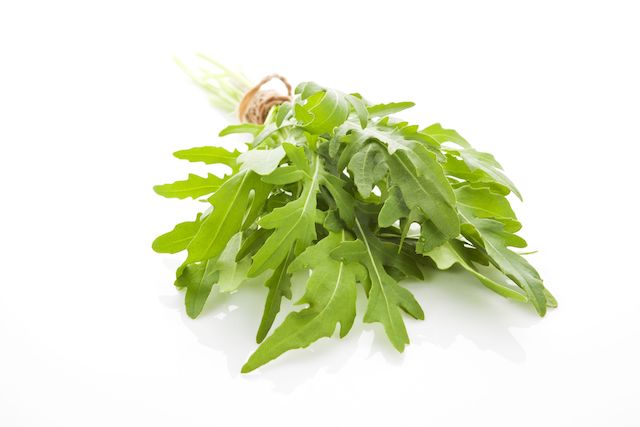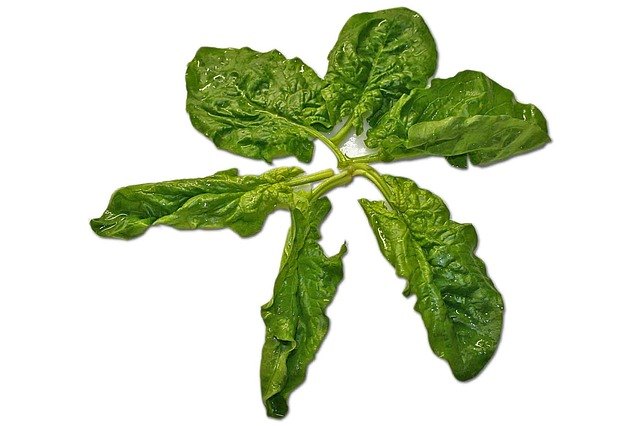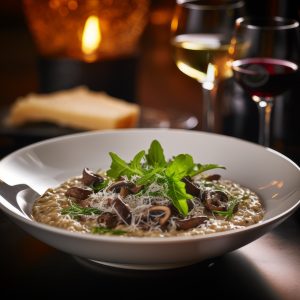A Look at Salad Greens & Why We Care

|
By Nell Jones - daughter, writer, student, contributor |
“A cold dish of various mixtures of raw or cooked vegetables served with a dressing”.
When I hear “salad”, I think of a bed of lettuce with random other ingredients sprinkled on top. It seems like the “bed of lettuce” has become more variable and exotic over the years.
I remember my first time going to a salad eatery (like Sweetgreen) and being shocked by the six different lettuce options. I was only familiar with romaine and spring mix.
Well, today there are even more options at these salad-focused eateries, and don’t forget about the entire refrigerated wall dedicated to these leafy greens at your local grocery store.
So what’s the difference between romaine and iceberg lettuce? And which one should we be using for our salads?
Types of Salad Greens
Trick question. You should be using all of them for DIFFERENT salads because they all have different qualities.
Below I have listed the salad greens that you are most likely to see in different restaurants and on the shelf of the grocery store. Some you might be more familiar with, some less so.

Romaine
Probably one of the most popular salad greens made popular by the Caesar salad. Crunchy and light but be careful, can sometimes be bitter. (Lettuce)
Iceberg
Hydration nation. Popular for the wedge salad, which is cut from the densely packed head and filled with more water than most other lettuce choices. Also very crunchy, but not the most nutritious. (Lettuce)
Butter Lettuce
Smooth, buttery-like texture that is usually sold in a plastic container to protect the medium-sized, delicate leaves. This is usually the lettuce that you find on your burgers and sandwiches. (Lettuce)
Escarole
Large leaves, more bitter, and crisp. Used a lot of times in soups. (Chicory)

Arugula
Used as a base and included in a lot of mixed salad greens. Softer texture with a bitter almost buttery taste. Pairs really well with lemon. (Brassica)

Kale
NUTRIENTS NUTRIENTS NUTRIENTS. And high in fiber. Tastes earthy and grassy when raw and less so when cooked. Can be used in a ton of healthy dishes. (Brassica)
Kale Slaw with Toasted Almonds Salad

Spinach
Filled with nutrients and a pretty mild taste. Used in a lot of mixed salad greens. Also really tasty sautéed but make sure to start with a lot!

Radicchio
Dark red/purple color. Raw it tastes bitter but when it is cooked it turns sweet. (Chicory)

Cress
Soft leaves with a tougher stem. There are many varieties but a common attribute is the peppery taste. High in fiber. (Brassica)
Watercress Orange and Parsnip Salad Recipe

Mesclun
A mixture of many greens! (mescla = mix in French) Someone has already prepared a bunch of salad greens in one to match the bitter flavors with the more neutral ones. And the soft greens with the crunchy ones.
Pear, Mesclun, Gorgonzola, and Cashew Salad
Why do we care?
Different salad greens contain different nutrients. Maybe it’s just me, but when I choose to eat a salad instead of a hamburger, it’s usually because I’m trying to be healthy.
Understanding the different types of salad greens can help you make a more educated decision when choosing which leafy green to include in your salad.
For example, if you’re looking to add a ton of nutrients to your salad, such as fiber, it might be a good idea to choose kale as your leafy green of the day instead of romaine.
Similarly, specific greens are better for different recipes. If the goal for your salad is to be crunchy, iceberg lettuce might be a better choice than spinach.
And believe it or not, they taste different! I probably wouldn’t just snack on raw kale (SO BITTER) but butter lettuce might a tasty snack alternative (hence “butter” in the name).
If you’re like me, you probably wish that quinoa, rice, or pasta could count as one of these salad greens, since that is what I try to fill all my salads with anyways.
However, understanding salad greens as more than a tasteless, healthy, raw vegetable that you SHOULD eat, has made making and ordering salads more enjoyable, at least for me.
Below are some salad recipes that let you pick your own greens…choose wisely.
Apples, Pecans and Craisins Salad
Marinated Radishes and Salad Greens
Some of My Favorite Ingredients


















